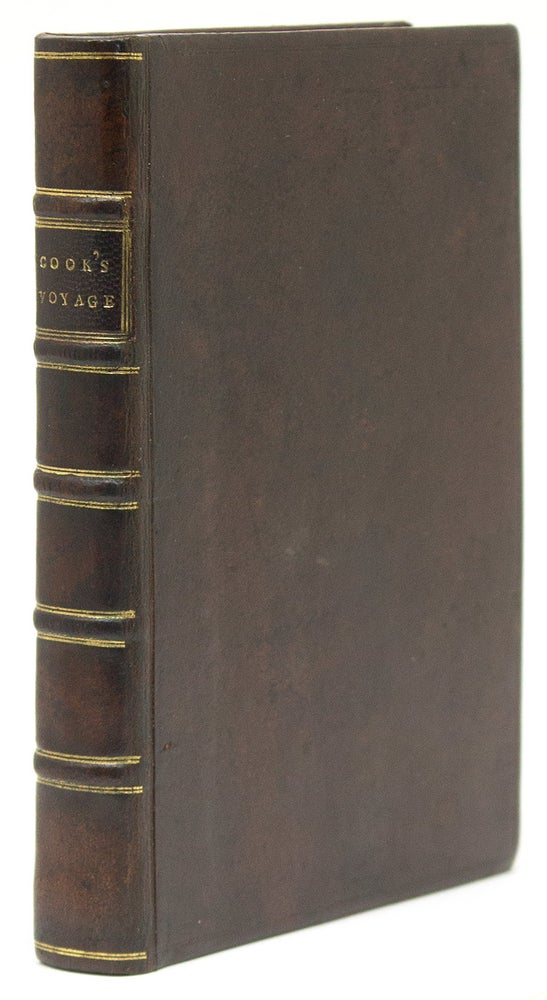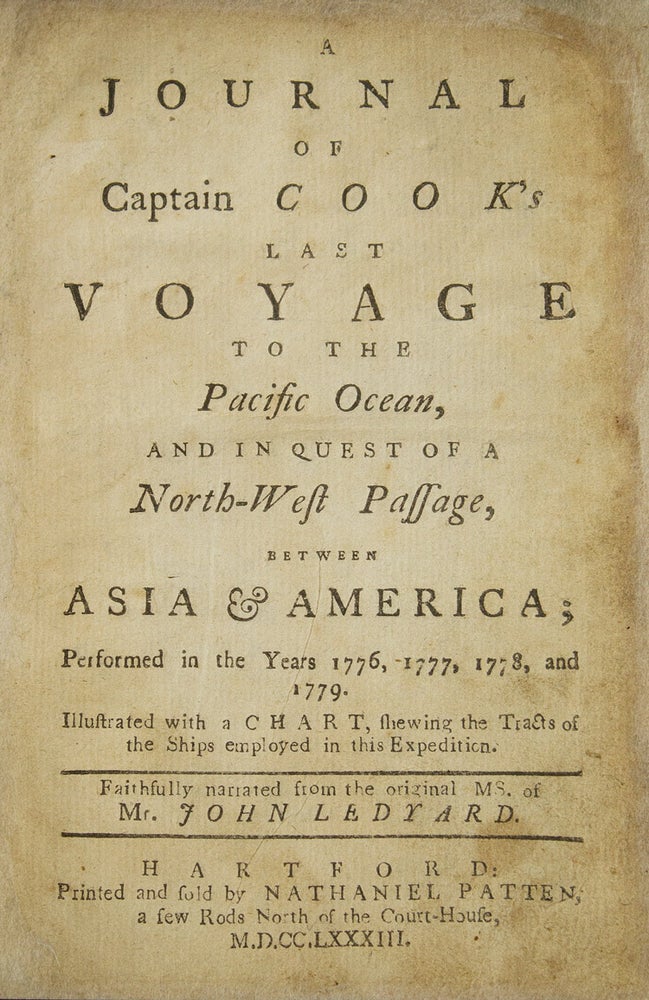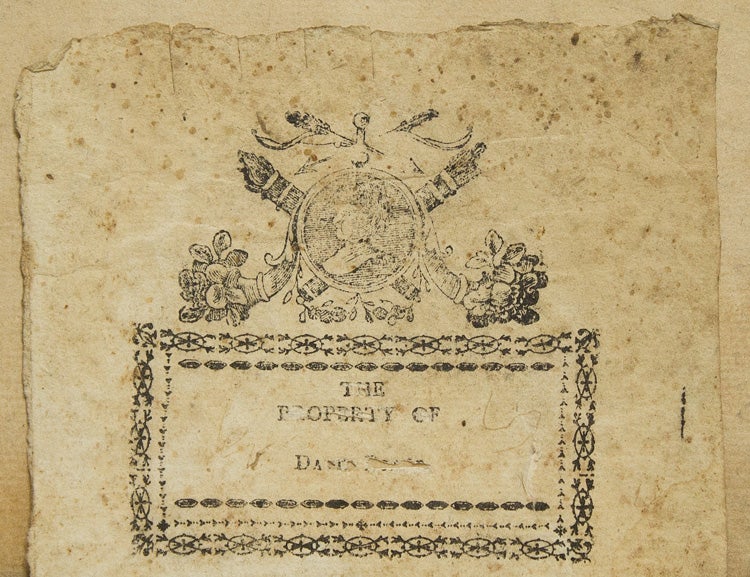A Journal of Captain Cook's Last Voyage to the Pacific, and in Quest of a North-West Passage, Between Asia & America; Performed in the Years 1776, 1777, 1778, and 1779.
Hartford: Nathaniel Pattern, 1783.
Price: $22,500.00
About the item
First edition (lacking the map as in almost all copies). 208 pp. 1 vols. 8vo. Contemporary sheep over boards, finely rebacked with period spine to style. Highest quality conservation repairs to edges of first four leaves of text and to corner margins on last two leaves. Very good copy in a handsome binding. Beddie, 1603; Evans 17998; Sabin 39691; Forbes 52; Hill 991; Howes L-181 "d"; Lada-Mocarski 36; Smith 5797; Streeter, Sale VI:3477.
Item #310851
Rare. "This is not only the first American book on the Northwest Coast, but also the first American book on Hawaii" (Streeter).
Ledyard is distinguished in many respects, he was the only American to sail on Cook's third voyage which explored Alaska and discovered Hawaii. He was also in the boat that carried Cook ashore on the morning of his death. Indeed this work contains a detailed account of Cook's death "distinguished by its evident authority" (Hill).
The purpose of Cook's third voyage was twofold. Ostensibly, it was to return Omai to his homeland in French Polynesia, but the main purpose was to search for the Northwest Passage. The Resolution and Discovery departed Plymouth in 1776 and made their way via the Cape to New Zealand and Tahiti. It was from there that Cook discovered Hawaii, which he regarded as his greatest achievement. The boats then proceeded to the Pacific Northwest and commenced their search for a route to the Atlantic. They returned to Hawaii for the winter of 1778-9. Their initial warm welcome soon wore off and tensions between the Hawaiians and the British resulted in Cook being killed on the shore of Kealakekua Bay on February 14, 1779. Charles Clerke assumed command of the expedition and proceeded north once again to pursue the voyage's objective. The two ships returned to England in 1780.
A Connecticut native, after the voyage Ledyard remained in England until 1782 when he was posted to the North American station - the Revolutionary War was ongoing. He promptly deserted and returned to Hartford where this account was published. This work preceded Rickman's by a matter of months, though in fact Ledyard made "liberal use of [the first English edition of] Rickman's account in his own narrative" (Hill). This is not to deride Ledyard unnecessarily; in addition to his account of Cook's death, his keen observations on the fur trade in the Pacific northwest are of great value.
Ledyard's account is one of the rarest works on Cook's third's voyage, and Hill confirms that "[o]nly a few copies still have the map." It was wanting in both the Streeter and Brooke-Hitching copies.




